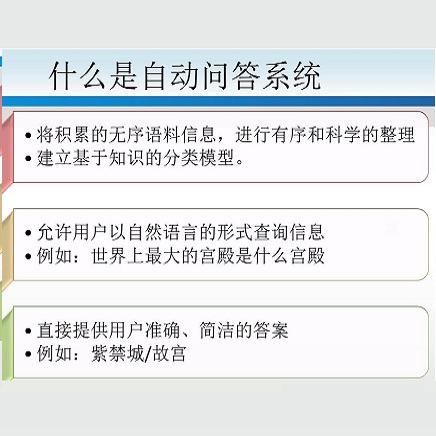The manipulation of the personality traits of large language models (LLMs) has emerged as a key area of research. Methods like prompt-based In-Context Knowledge Editing (IKE) and gradient-based Model Editor Networks (MEND) have been explored but show irregularity and variability; IKE depends on the prompt, leading to variability and sensitivity, while MEND yields inconsistent and gibberish outputs. To address this, we employed Opinion QA Based Parameter-Efficient Fine-Tuning (PEFT), specifically Quantized Low-Rank Adaptation (QLoRA), to manipulate the Big Five personality traits: Openness, Conscientiousness, Extraversion, Agreeableness, and Neuroticism. After PEFT, models such as Mistral-7B-Instruct and LLaMA-2-7B-chat showed a latent behaviour by generating emojis for certain traits, despite no emojis being present in the PEFT data. For instance, LLaMA-2-7B-chat generated emojis in 99.5\% of extraversion-related test instances, while Mistral-7B-Instruct did so in 92.5\% of openness-related test instances. ICL Explainability analysis indicated that the LLMs used emojis intentionally to express these traits. Mechanistic Interpretability analysis showed that this latent behaviour of LLMs could be traced to specific neurons that became activated or amplified after PEFT. This paper provides a number of novel contributions. First, introducing an Opinion QA dataset for PEFT-driven personality manipulation; second, developing metric models to benchmark LLM personality traits; third, demonstrating PEFT's superiority over IKE in personality manipulation; and finally, analysing and validating emoji usage through explainability methods such as Mechanistic Interpretability and In-context learning Explainability methods.
翻译:暂无翻译



